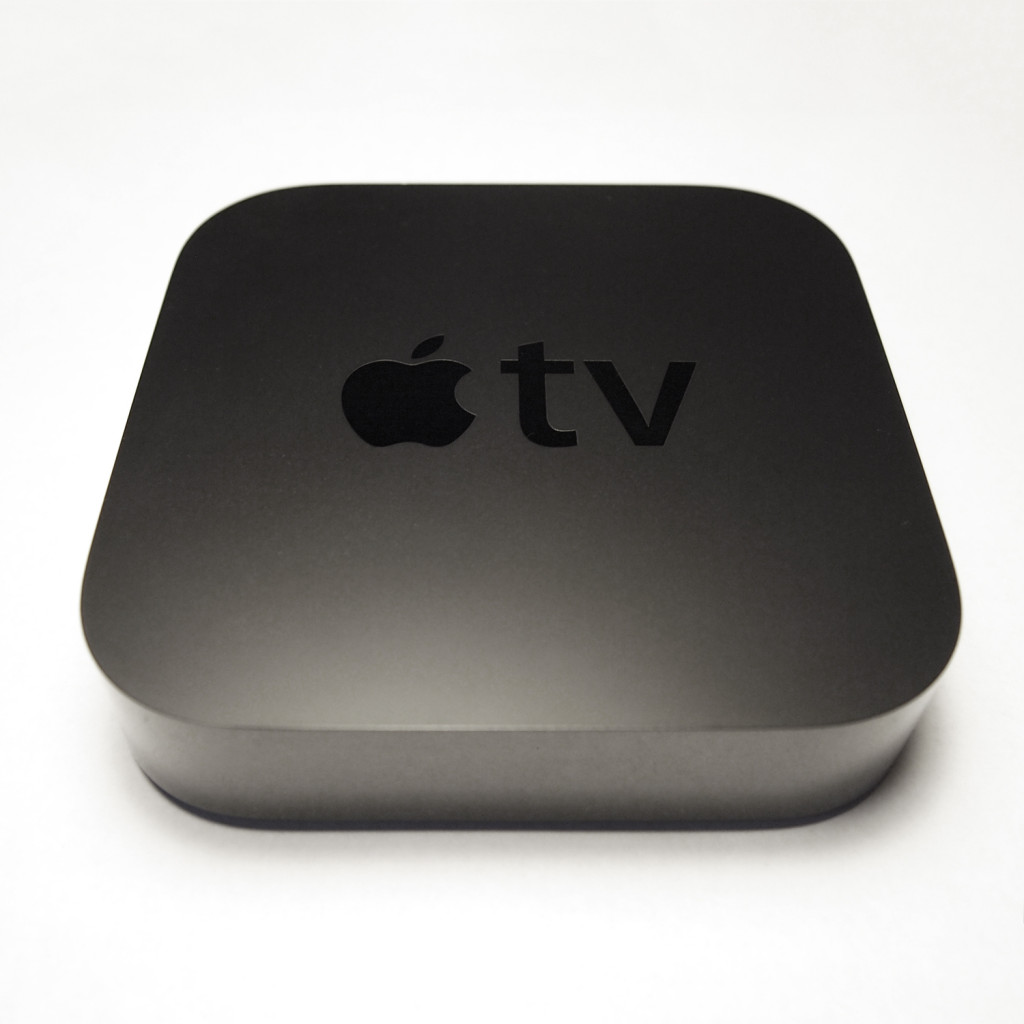It seems as if Apple understands that ecommerce is a pretty big deal. Last year, Apply Pay announced it would push its mobile wallet, Apple Pay, allowing consumers to easily buy online at the tap of a smartphone screen. It paralleled the steady rise of mcommerce (mobile commerce), and now Apple is moving towards a different type of commerce dubbed “T-commerce.”
E-commerce, M-commerce, and Now T-commerce
A goal of commerce is to get consumers buying anywhere, anytime. Thanks to glorious internet WiFi and broadband, consumers have evolved with technology; they’re purchasing from computers, to laptops, smartphones, tablets, and now television. While Apple Pay addressed the emerging mcommerce environment last year, Apple TV is apparently addressing a familiar and comfortable environment: the living room.
Long story short, the tech giant plans to strengthen its Apple TV device – which allows people to watch their favorite shows and movies in one place on their televisions – by including the ability to shop online on your couch through your television. Take a look at the video below to see Apple’s demo on how buying through Apple TV works.
The Apple TV remote is the reason it’s all possible. It functions similarly to your standard television remote, but it includes a small touchscreen that lets you scour a site for products. Along the same lines as Apple Pay, buying is incredibly quick. Apple TV stores your credit card information, so there’s no need to tediously punch those digits in to get buying. Purchasing products is as simple as tapping the touchpad once. Siri is also included in Apple TV’s tvOS (its operating system), so it may be possible for consumers to tell it what sorts of products they would like to browse for.
Will It Matter
Apple TV is yet another sales channel for businesses to consider. That said, critics are quick to point out that couch-dwelling consumers likely already have their phones, laptops, or tablets on hand for buying. There’s such a thing as too many screens at once, and the more choices you give a human, the less likely they are to choose anything. Because of that, Apple TV as a selling channel may be overkill. But the same type of thing was said with tablets, and they’ve clearly been a hit.
Apple is obviously well known for being on the forefront of tech, and it may take some time to get consumers accustomed to the idea of buying via TV. Rate of adoption is always a concern, but last year’s Apple Pay push is showing positive signs only a year later, with more than four out of ten iPhone 6 owners using the mobile wallet, and more than a quarter non-users claiming they will likely try it out within the next half a year. Even so, consumers were already using their smartphones to browse the internet and shop prior to mobile wallets. Although smart TVs are on the rise and have been around a while, the same can’t be said about them.
Apple “TV”
Don’t let the word “television” fool you. Apple TV is also an app platform the company is driving forward, and it joins the ranks of Apple’s iPhones, iPads, and Macbooks. Just like them, it plans to incorporate shopping, gaming, and other entertainment apps along with its current roster of movie and show applications like Netflix and Hulu. When you have an entire tech ecosystem like that, you have the ability to collect cross-device information on consumers. Perfect for highly targeted and effective advertising.
To buff its advertising capabilities even further, Apple TV also stores a customer’s credit card credentials and purchase history when they buy through it. And that provides a big hint to what ads would be super effective on customers, much like an Amazon page that refers products to you. Plus, because it acts as both a television and an app store, it can offer in-app and video-based ads, with the latter rising in use in recent times. It’s a potential advertising machine.
There’s also the chance to promote products in real time. If content was livestreamed or an event was premiering on Apple TV exclusively, shows could market merchandise, prompting consumers to go and click the ‘buy’ button during a break with complete ease and within the device. Also, regardless of whether or not Apple plans to implement some ads, customers may easily ignore them and go about browsing shopping sites when breaks arrive.
But Back to You
Apple TV seems intent on capitalizing off merchant’s advertising efforts, especially as many businesses, both large and small, continually spend on advertising through Google and Facebook. In fact, Apple’s move towards the television may be an attempt to move away from the web and cut down on the revenue both aforementioned companies are raking in through ads. If the new frontier of T-commerce makes it big, Apple TV may become one of the most effective ways to advertise your products.
So, is Apple TV pointless or promising? On your average, small business retailer’s end, only time will tell (a really boring and un-opinionated answer, I know). It’s more than likely that you wont need to give it serious thought as a channel for the next year at least as smart TVs gain traction.
That said, it’s important to note that if your sales are coming in largely through Apple products, your customers are probably more likely to be interested in buying through Apple TV. Apple customers are far more likely to give the new tech a shot, so you may want to do the same. At the end of the day, the more screens, the more chances for a sale.




